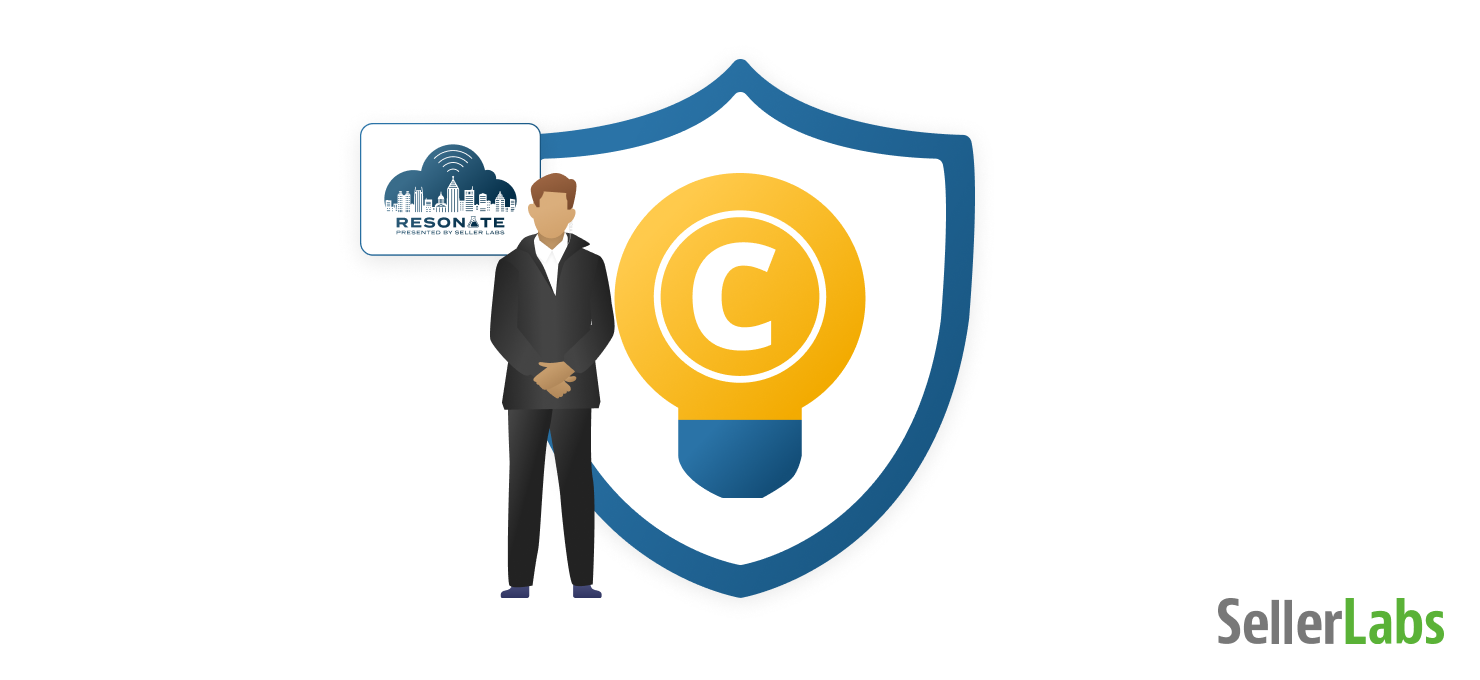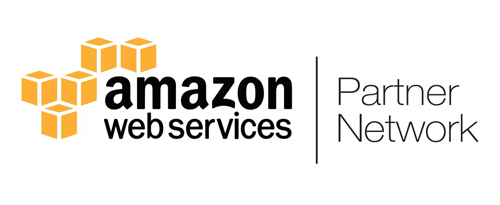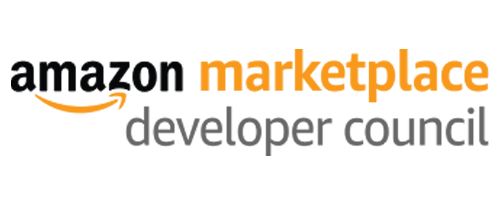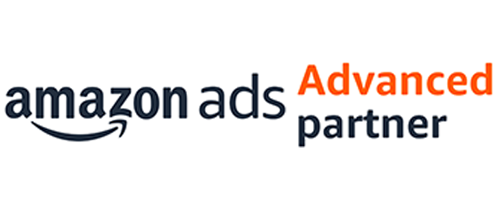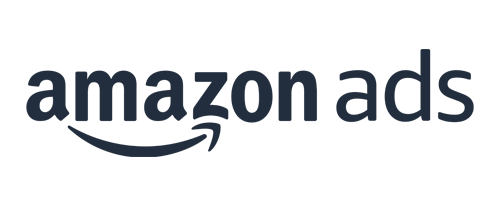Did you know that the butterfly species’ spicebush swallowtail turns green and develops eye spots so that it resembles the head of a smooth green snake? While animals use mimicration in wildlife, entrepreneurs apply imitation skills in many aspects of eCommerce. Using competitors’ keywords to optimize product listings or borrowing another marketing strategy is a common practice for any Amazon seller.
When people are free to do as they please, they usually imitate each other.
However there is one “but”! In terms of eCommerce: imitation opens a backdoor for counterfeit products to proliferate along Amazon marketplace, letting your competitors rip you off every time your customer mistakenly buys their knockoff. Actually, your brand tends to be exceedingly vulnerable, until and unless it becomes a registered trademark.
Just in case you feel a bit lost without a lawyer in your corner, I am here with the short summary of a 3 step patent and trademark registration process delivered by Rich Goldstein in his video presentation.
An experienced patent attorney and a guest expert at Seller Labs Annual Conference 2021, Rich Goldstein is making particular emphasis on how to avoid trademark infringement, and why you need to apply for a patent or trademark ASAP.
If you are still doubting or already struggling for the trademark registration, this way, please!
Before we start please note that, according to Rich Goldstein, Intellectual Property (IP) is categorized into several types. Online sellers need to look at patents and trademarks in the first place, because that’s how they can protect their products and brands.
Patents
Physical product
Chemical composition
Manufacturing process
Software solutions / apps
Trademarks
Logo
Slogan or catchphrase
Color scheme, that distinguishes your product or service in the marketplace.
Main Pro Arguments for Having Your Intellectual Property Registered
Why is Mr. Green spending thousands of dollars on patenting while Ms. Smith is calling it a sheer waste of time? So many people, so many minds. Nonetheless, Statista shows an increase in the number of registered patents in the United States from 1.63 million to 3.13 million patents in force if we compare the variables in 2004 and 2019.
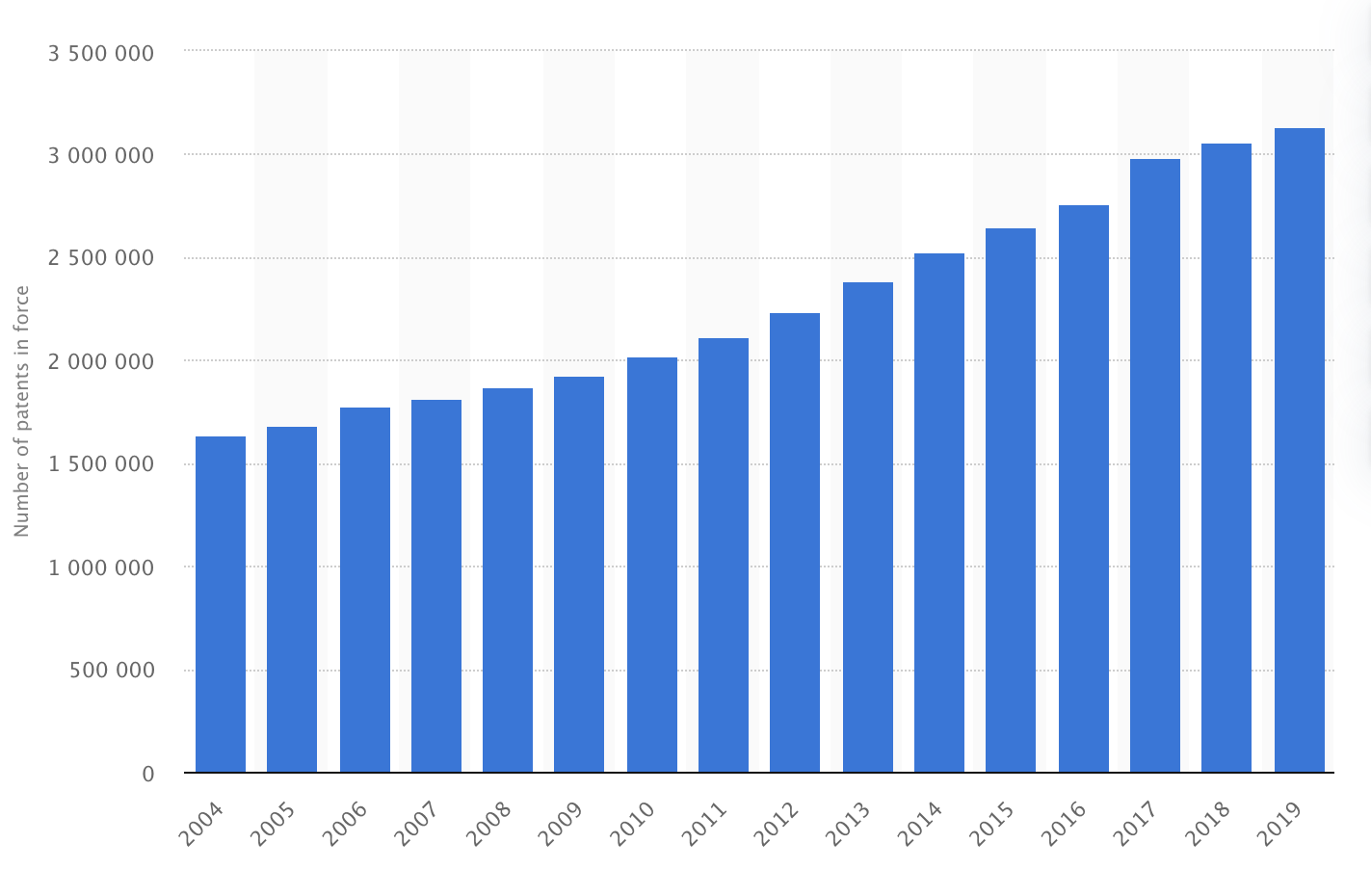
It is not for nothing that more and more sellers tend to own their intellectual property. Products and brands need to be protected and here are at least three watertight reasons for it:
- Prevent revenue loss. Let’s say you have skillfully crafted and launched a new product (A farewell to 24 hour diligence and gallons of coffee!!) or your brand has grown so fruitful that your rivals are trooping around to sink their teeth into it. You are not going to share your success and profit with them, are you? When you own your business, and by that I mean have it registered, you leave no chances for any competitors to take advantage of you and sell products on your behalf.
- Increase the value of your business. Even if you have no intentions of ever selling your business, it doesn’t mean you shouldn’t think about how much it would potentially cost. The value of a business is traditionally based upon the revenue, formed by a certain amount of sales and backed with a certain customer base.
What about going beyond your market share?
With an Intellectual Property portfolio your eCommerce business acquires a much higher price tag. Exclusive rights to a certain type of product can dramatically increase your business value and show a huge ROI ratio (Return on Investment) in relation to the amount of money that you’ve spent on IP in general.
- Gain from Amazon Brand Registry. A golden nugget: Compared with Amazon regular sellers, brand owners who are selling trademark items boast advanced access to Amazon store analytics, Sponsored Ads and Amazon Report Infringement Programs.
Did you know?
Design patents have become extremely valuable on Amazon. A design patent infringement is claimed to secure the unique visual qualities of the product and its ornamental appearance. Thus, if any product looks similar to yours, there is a high chance that Amazon will shut down the competitor’s listings.
Having your most profitable listing blocked with a rush Christmas selling season on the threshold doesn’t even resemble a gift in your Christmas stocking. You can keep away from intellectual property violation complaints by enrolling your trademark registration number in Amazon Brand Registry and kill two birds with one stone:
- Avoid the risk of being blacklisted and shut down.
- Protect your product listing from hijackers by contacting Amazon support team through your Seller Central account, in case any fraudulent activity is noticed.
A 3-Step Guide on How to Apply for a Patent or a Trademark
When buying a multi-cooker -or an angle-grinder- for the first time, we generally preface with a technical manual. Much like with a new gadget, it is crucial to follow a certain set of instructions before sending an application to the United States Patent and Trademark Office. Let’s break down the filing process into transparent and easy-to-follow steps.
Step 1 – Choose the right time.
At first glance, everything is out in the open: a trademark protects your brand, a patent ensures the safety of your product, plain and simple. However, some hidden pitfalls can notably slow you down if not taken into consideration on time.
As we all know today, time is money, (my best regards to Benjamin Franklin). This is particularly true when it comes to any patent application. If you want to apply for a patent, it should be done sooner rather than later, before your product is public or you could risk losing the rights to it.
Unlike patents, there is no deadline for trademark applications. However, filing at an early stage reduces the competitors’ chances to get ahead of you with their application sent to trademark offices.
Step 2 – Ensure your product/brand is one of a kind.
- Only new and non-obvious products are patentable, which means they should have never existed before and can’t comprise any parts of the already existing patents.
- Trademarks have to be distinctive. Who on Earth would ever associate an apple with a computer? Out-the-box thinking made Apple one of the most recognizable and distinctive brands.
- Avoid the likelihood of confusion with other brand names. You can’t name obvious product characteristics or take an existing trademark and change the spelling a little bit to call it “new”. Since your aim is to prevent your customers from mistakenly buying one of your competitors’ products, your trademark should bear no similarity to any of the competitors’ brands.
Step 3 – File for protection.
Assuming you have done your due diligence and taken proper care of the first steps you will have a thoroughly made application on hand, which is half the battle. But don’t get discouraged. After filing, the application gets reviewed by an examiner and it may be either accepted or rejected.
What if it is rejected? Stick to your guns and respond to the arguments showing why the application should be approved.
If you are lucky enough to have it accepted, you pay issuance fees to the government and get the patent issued as a US patent. Congratulations!

The filing procedure for the trademark application is practically the same, except for the fact that sellers need to demonstrate how their products are being sold under their company’s name. Simply put, they have to prove they are really using their trademark before it gets an R with a circle around it ®.
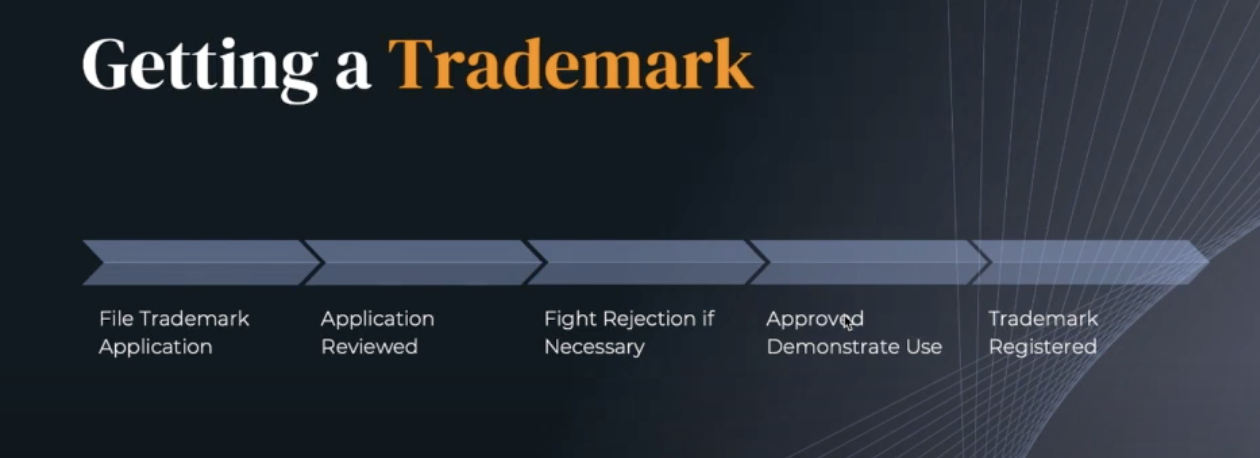
Wrapping It Up
In the struggle to keep your eCommerce business afloat, being ahead of the competition is essential for any Amazon seller. Protecting your products and brands through registered patents and trademarks is one powerful strategy you may adopt.
At the same time, you can shield your products from counterfeits by protecting and optimizing your Amazon listings and coining perfect bullets and product titles with an observant Seller Labs team by your side. A well-thought-out plan, backed with the support from one of our experts can turn the protection of your products and brand into a no-brainer for you.

